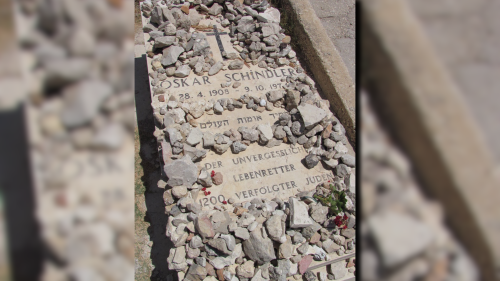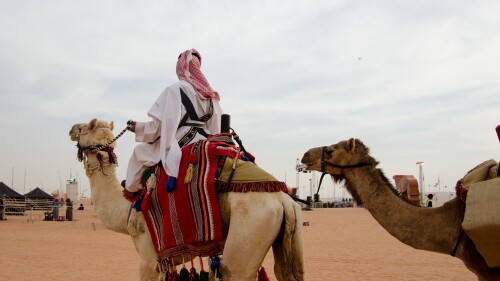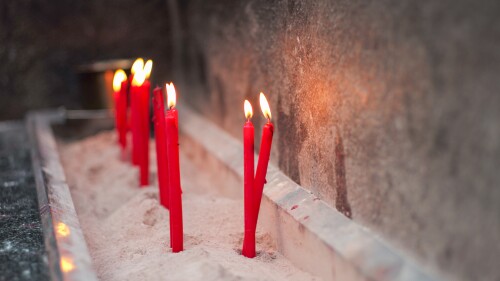The Hagia Sophia was originally built, and for nearly a millennium functioned, as an Orthodox Christian cathedral, until the fall of Constantinople in 1453. |
Millions of Orthodox and other Christians around the world were either shocked, angered, and/or saddened to learn recently that Turkey has just approved the transformation of the Hagia Sophia museum—which was originally built, and for a millennium functioned, as an Orthodox cathedral—into a mosque.
In a long speech rationalizing this decision, which he personally spearheaded, Turkish president Erdogan said the following:
The conquest of Istanbul [Constantinople] and the conversion of the Hagia Sophia [Greek for “Holy Wisdom”] into a mosque are among the most glorious chapters of Turkish history. On May 29, 1453, [Ottoman] Sultan Muhammad II entered the city after a long siege and headed directly to the Hagia Sophia. As the Byzantines awaited their fate, fearful and curious, inside the Hagia Sophia, Muhammad entered the Hagia Sophia, giving assurances to the people regarding their lives and freedoms... [He then] recited the first adhan [call to prayer]. Thus he registered his conquest. Then, in a corner of the Hagia Sophia, he performed two prostrations out of gratitude. With this move he demonstrated that he had transformed the Hagia Sophia into a mosque.... The domes and walls of this great place of worship have resonated with prayers and takbirs [shouts of “Allahu Akbar”] for 481 years since then [until becoming a museum in 1934].
Are these rosy renderings accurate? Fortunately, we need not rely on Turkic propaganda; we have primary source documents describing exactly what the Turks and Sultan Muhammad did after conquering Constantinople and its Hagia Sophia in 1453. (All quotes in the following narrative were derived from contemporary sources, mostly eyewitnesses, as documented in chapter 7 of my book, Sword and Scimitar.)
Once inside the city on May 29, 1453, the “enraged Turkish soldiers . . . gave no quarter":
When they had massacred and there was no longer any resistance, they were intent on pillage and roamed through the town stealing, disrobing, pillaging, killing, raping, taking captive men, women, children, old men, young men, monks, priests, people of all sorts and conditions... There were virgins who awoke from troubled sleep to find those brigands standing over them with bloody hands and faces full of abject fury... [The Turks] dragged them, tore them, forced them, dishonored them, raped them at the cross-roads and made them submit to the most terrible outrages... Tender children were brutally snatched from their mothers’ breasts and girls were pitilessly given up to strange and horrible unions, and a thousand other terrible things happened. . .
A faded fresco of the Virgin Mary and child lies inside the dome of the Hagia Sophia in Istanbul. The Arabic inscriptions overshadowing it came later. (AFP) |
The slavers sometimes fought each other to the death over “any well-formed girl,” even as many of the latter “preferred to cast themselves into the wells and drown rather than fall into the hands of the Turks.”
Having taken possession of the Hagia Sophia, one of Christendom’s greatest and oldest churches—nearly a thousand years old at the time of its capture—the invaders “engaged in every kind of vileness within it, making of it a public brothel.” On “its holy altars” they enacted “perversions with our women, virgins, and children,” including “the Grand Duke’s daughter who was quite beautiful.” She was forced to “lie on the great altar of Hagia Sophia with a crucifix under her head and then raped.”
Next “they paraded the [Hagia Sophia’s main] Crucifix in mocking procession through their camp, beating drums before it, crucifying the Christ again with spitting and blasphemies and curses. They placed a Turkish cap . . . upon His head, and jeeringly cried, ‘Behold the god of the Christians!’”
Practically all other churches in the ancient city suffered the same fate. “The crosses which had been placed on the roofs or the walls of churches were torn down and trampled.” The Eucharist was hurled to the ground; holy icons were stripped of gold, “thrown to the ground and kicked.” Bibles were stripped of their gold or silver illuminations before being burned. “Icons were without exception given to the flames.” Patriarchal vestments were placed on the haunches of dogs; priestly garments were placed on horses.
“Everywhere there was misfortune, everyone was touched by pain” when Sultan Muhammad finally made his grand entry into the city. “There were lamentations and weeping in every house, screaming in the crossroads, and sorrow in all churches; the groaning of grown men and the shrieking of women accompanied looting, enslavement, separation, and rape.”
The sultan rode to Hagia Sophia, dismounted, and went in, “marveling at the sight” of the grand basilica. After having it cleansed of its crosses, statues, and icons—Muhammad himself knocked over and trampled on its main altar—he ordered a muezzin to ascend the pulpit and sound “their detestable prayers. Then this son of iniquity, this forerunner of Antichrist, mounted upon the Holy Table to utter forth his own prayers,” thereby “turning the Great Church into a heathen shrine for his god and his Mahomet.”
To cap off his triumph, Muhammad had the “wretched citizens of Constantinople” dragged before his men during evening festivities and “ordered many of them to be hacked to pieces, for the sake of entertainment.” The rest of the city’s population—as many as forty-five thousand—were hauled off in chains to be sold as slaves.
So much for Erdogan’s claim that Sultan Muhammad had given “assurances to the people regarding their lives and freedoms,” or that the Hagia Sophia was fairly “purchased.”
At any rate, this is the history that millions of Turks extol. In the aforementioned words of Erdogan, their president: “The conquest of Istanbul and the conversion of the Hagia Sophia into a mosque are among the most glorious chapters of Turkish history.”
If conquest, mindboggling atrocities and rapes, and the desecration of churches—all committed in the name of jihad—are “the most glorious chapters of Turkish history,” one wonders what Turkey’s future plans for glory look like?
Note: Quoted excerpts in the above narrative were taken from and are sourced in the author’s book, Sword and Scimitar: Fourteen Centuries of War between Islam and the West.
Raymond Ibrahim is a Judith Friedman Rosen Fellow at the Middle East Forum.









